Latest News
This section offers the latest news from the museum, on planned events and more.
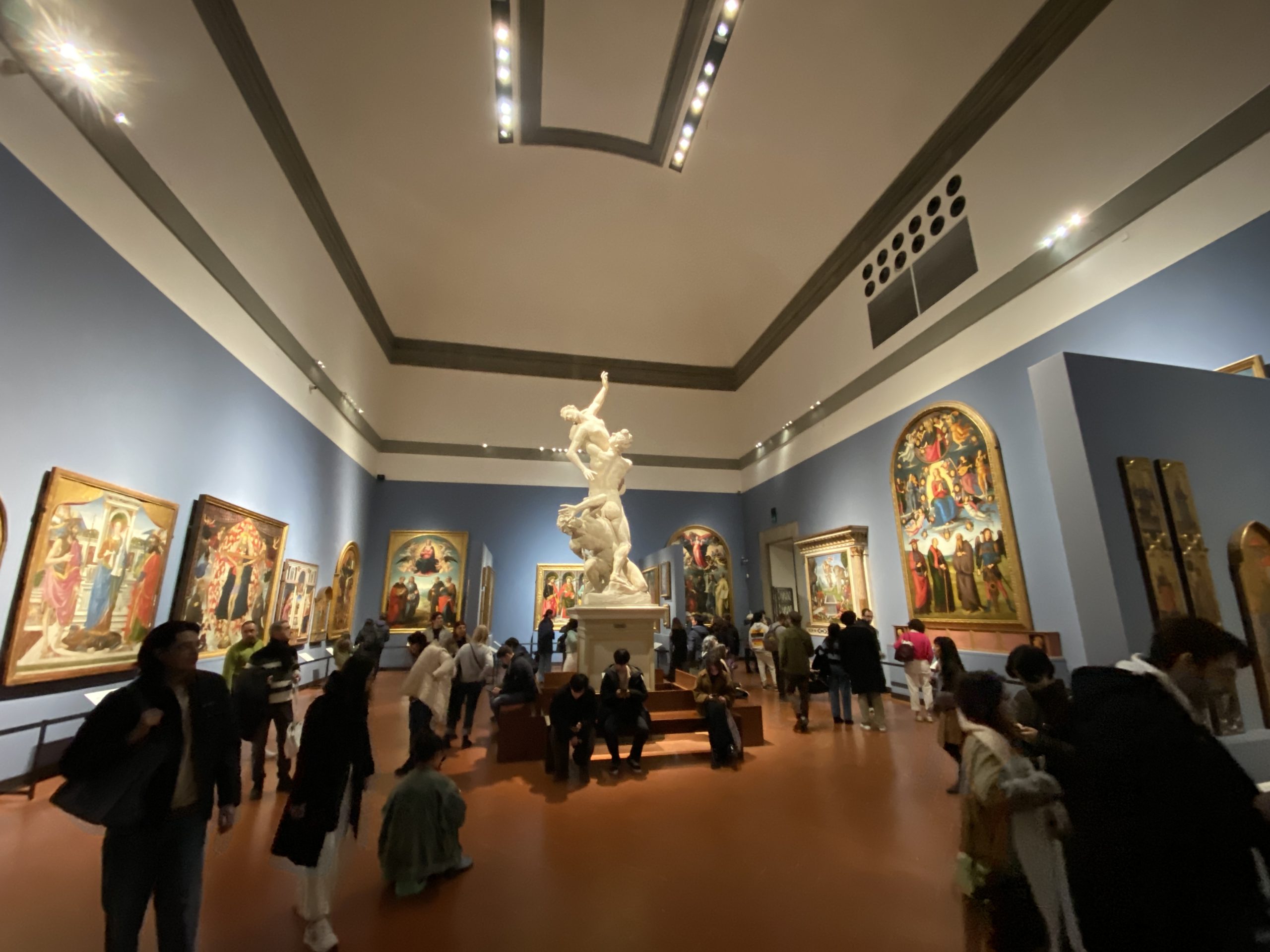
Lots of occasions to visit the museum over the upcoming holidays, starting with Easter. The Accademia Gallery will be open this Sunday, March 31 with regular hours (open from 8.15am to 6.50pm, last entrance at 6.20pm) and will have a special opening on Monday, April 1st (same hours).
The following Sunday, April 7th, will be the first Sunday of the month and as such, entrance will be free for everyone. You cannot book tickets ahead of time for those Sundays, but the line generally moves quickly.
Up until April 14th, you will also be able to visit the temporary exhibition dedicated to Pier Francesco Foschi (1502-15687), Florentine painter. The exhibition is an opportunity to admire long forgotten works and to compare his work with works by painters such as Andrea del Sarto. There are works on loan from the Rijksmuseum, Galleria Borghese, and Museo Nacional Thyssen-Bornemisza, among others, which allow some works to be shown together for the first time, such as the Pala della Madonna del Piano, which was separated and sold to different museums.
The museum will also be open on two other upcoming national holidays, April 25 and May 1. Entrance will also be free for everyone on the 25th of April, in celebration of the Day of Liberation.
To summarize, entrance will free only on April 7th and 25th.

On Monday, April 25th, 2022, Day of the Liberation for Italy, the Accademia Gallery will have a special opening from 9am to 6.45pm. You can book tickets ahead of time online or by phone to skip the line.

The Accademia Gallery is always open on Sundays, and thus it will be open on Easter Sunday, April 17, 2022.
It will also have a special opening on Monday, April 18, 2022 for the special long holiday weekend.
The museum will have regular opening hours on both days, from 9am to 6.45pm.

Starting with April 2022, with the official end of the pandemic here in Italy, the first Sundays of every month are back! You can visit the State museums with FREE ENTRANCE on the first Sunday of the month, including the Accademia Gallery in Florence!
This means that on these days this year, anyone can enter the Accademia Gallery for free, just note you cannot book tickets in advance on these days:
#DomenicalMuseo 2022
April 3
May 1
June 5
July 3
August 7
September 4
October 2
November 6
December 4
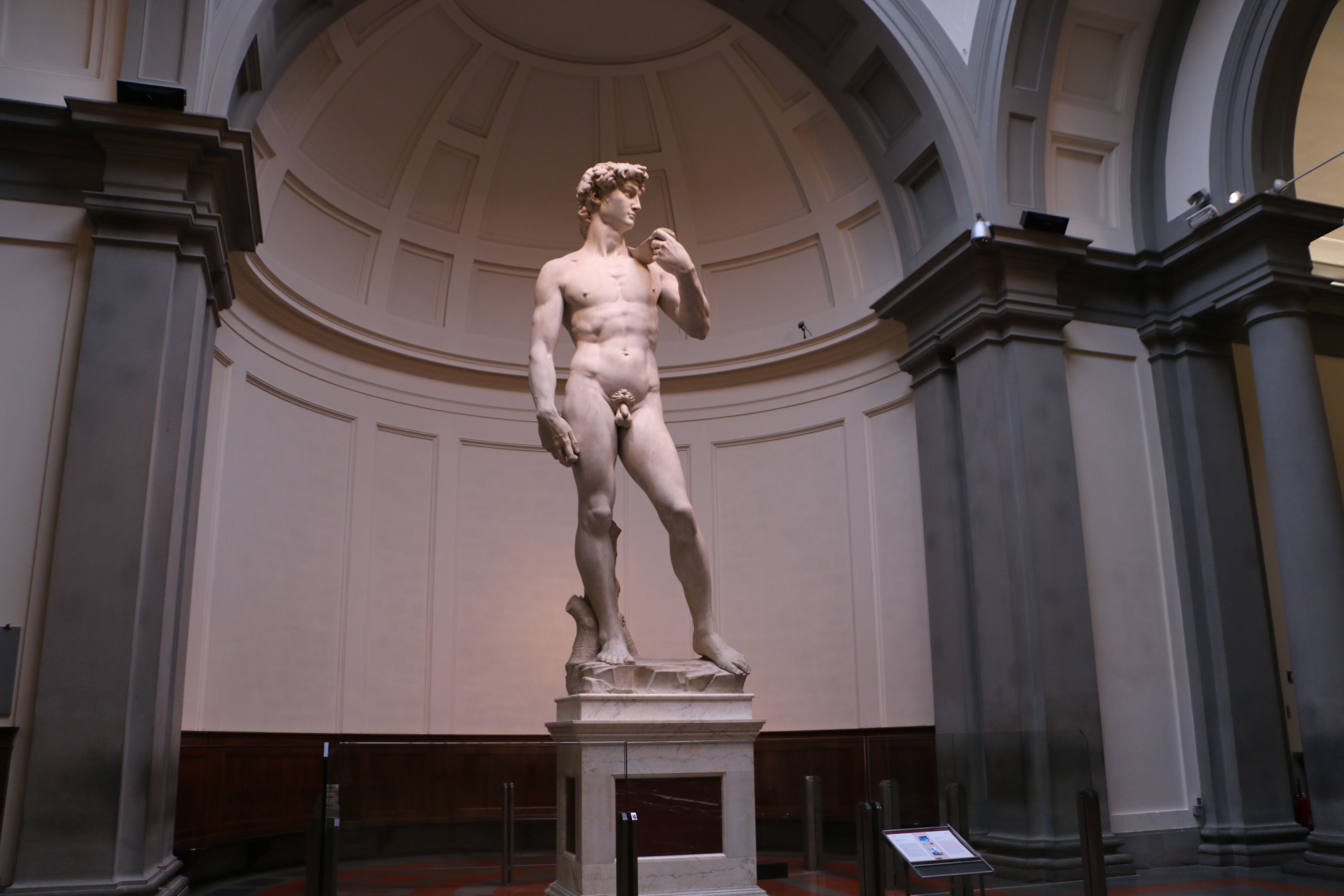
This Saturday July 3 is the Night at the Museum across the entire EU, which means that museums will open with special evening hours and entrance fee will only be 1 euro.
The Accademia Gallery in Florence is participating, with special opening from 7pm to 10pm and during these hours entrance will be just 1 euro. You need to prebook your entrance, however, either online or by phone calling Firenze Musei at 055-294-883. This means the cost of entrance will be 1 euro + booking fee.
Last entrance is at 9.30pm.
Enjoy your visit!
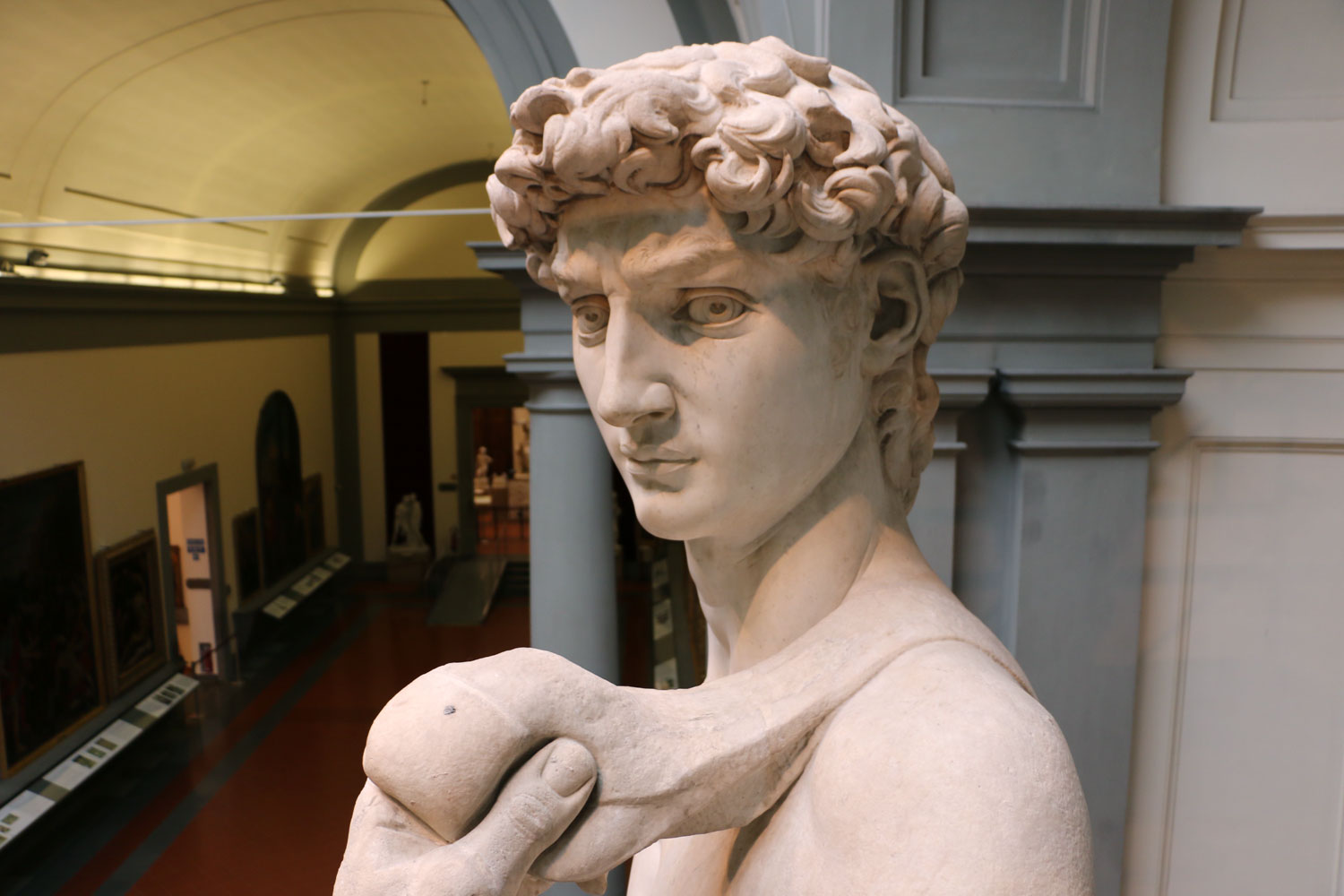
Not the real David by Michelangelo, but a 3D copy!
Captured by the flashes of nearly two million tourist cameras each year, Michelangelo’s David has been scanned to produce the most faithful and sophisticated reproduction of the statue ever made.
The copy of the Renaissance masterpiece, which was unveiled yesterday in Florence, will star at Dubai’s rescheduled Expo 2020 this October.
The unique challenge, involving a team of engineers, technicians, and restorers, combines classical art with the most advanced technologies.
The 3D David will stand at the center of Italy’s Expo pavilion, admired by the world, while the original stands in solitary silence at the Galleria dell’Accademia museum in Florence as the museum remains closed due to regional coronavirus measures as the city remains in the “red zone”.
The project, which began several months ago, underwent three phases: the scanning of the statue to create a three-dimensional digital twin, the 3D printing of the various parts, and the refining and assembling of those parts by restorers.
In the first phase, which took place at the end of December, the statue was scanned centimeter by centimeter. No easy task since it’s more than five meters high.
Every detail had to be captured with instruments that have a margin of error in the order of microns, thinner than a strand of hair. Instruments usually associated with the industrial field – such as scanners used to check prototypes of wind turbines – were used for the first time in the world of art.
Researchers from the University of Florence collaborated with technicians from Hexagon, a Swedish multinational company that specializes in precision measurement technology. It took over 40 hours to scan the statue using a tracer combined with a laser.
Experts then used a projector that illuminates the surface of the statue and two high-resolution cameras to capture the details as closely as possible.
It’s actually not the first time that David has been digitized. In 1999, a group of scholars from Stanford University carried out a three-dimensional scan of the famous sculpture.
This time, the sculpture was digitized “with a very high level of accuracy, I would say twice as high as the Stanford model made twenty years ago”, says Grazia Tucci, director of the Laboratory of Geomatics for the Environment and the Conservation of Cultural Heritage at the University of Florence, who is coordinating the project.
It’s thought the digital twin will be useful for future research on the statue, making it possible to constantly monitor the state of conservation of the work and the behavior of the surfaces, materials and structures.
After scanning, then came the printing. This time, David’s legs, arms, torso, and head weren’t brought to life by Michelangelo, who skillfully carved him from Carrara marble over five hundred years, but by a 3D printer, which took just a few days to create a copy out of plastic filaments.
The most delicate phase of all was just completed in a small workshop in the center of Florence involving a team of expert restorers, some of whom come from the Opificio delle Pietre Dure (Workshop of Semi-Precious Stones), one of the world’s most important institutes for the conservation and restoration of art.
To fully resemble the original made of marble, which has a completely different aesthetic and structural characteristics to the printed version, the copy must undergo a “make-up” session to add the finishing touches.
Restorers have coated the copy with a mixture of resin and marble powder, as if applying skin, while constantly comparing images of the original with parts they’re working on.
“We are covering it in stone first of all, to give it the appearance of Michelangelo’s David, and then to characterize it, we need to render on the surface those cracks, fractures, stains, abrasions, the more or less smooth parts, to give a soul to what is in reality a copy that has been transformed from digital into physical matter,” says Nicola Salvioli, who heads the group of restorers.
The clone of David emerged in one piece from the laboratory, lying in a special crate to be delicately transported by air to the UAE.
While no one involved in the project has dared imagine they’re competing with Michelangelo – “that’s unthinkable”, as Salvioli says – they have relished rising to a series of never-before-seen challenges.
“The challenge here is, being a pilot project, a pilot model, to bring together all these materials, all these technologies through chemistry, physics, and hard work, because our eyes and hands are always under pressure,” says Salvioli.
“The difficulty is thinking about moving the statue bearing in mind the static nature of the materials and thinking about the temperatures that this sculpture will encounter, because it will go from the cold of the plane to the heat of Dubai.”
While its twin dazzles at Dubai’s Expo, the original David will be waiting for the return of over 1.5 million visitors who visit Florence’s Accademia Gallery every year from all over the world before the coronavirus pandemic hit.
“He will go as a messenger, we will send him as a messenger, to the Expo in Dubai, this October when it opens,” says Cecilie Hollberg, director of the Galleria dell’Accademia.
“And he will show us how to go on in this period, but the original always will stay here and we will keep him in this museum, and we expect visitors again, after all these strange times we’re living in.”
The Tuscan artist’s masterpiece is one of the emblems of the Renaissance, a symbol abroad for both Florence and Italy.
It depicts the protagonist of one of the most famous episodes in the Bible: the shepherd David who, armed with a simple sling, killed Goliath, a fearsome giant who was at war with the people of Israel.
Two other artists had already tried to work on this large block of poor-quality marble, but Michelangelo Buonarroti, aged only 26, succeeded where they had failed.
The result so exceeded expectations that the statue, originally intended to stand on one of the outer buttresses of the cathedral of Santa Maria del Fiore, was placed in the central Piazza della Signoria where it remained until 1873 to be replaced by a copy.
Considered the ideal of masculine beauty in art, and a symbol of faith and courage triumphing over brute violence, it represents hope for a better and safer future. A message we all clearly need in today’s pandemic-hit world. Read more about David here.

Zoom meetings to learn about Raphael’s time in Florence
Starting this Friday, November 13 at 6.00 pm, the Accademia Museum (even if closed) continues online with appointments dedicated to Raphael’s time in Florence. “Half an Hour with Raphael” is a series of 4 dates between November and December to go along the current video exhibit in Palazzo Vecchio’s Sale d’Arme (which had just opened on October 31st and also now temporarily closed) to celebrate the 500th anniversary of the artist’s death.
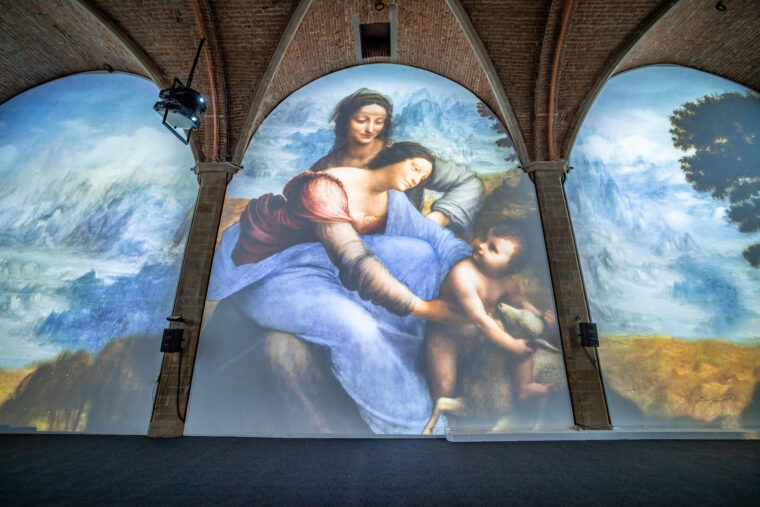
The four scheduled meetings, curated by MUS.E and the support of Unicoop Firenze, are free but require reservation. They will allow anyone interested to learn more about Raphael’s important and fruitful years spent in Florence from the autumn of 1504/the beginning of 1505 until 1508, a time in which he was able to absorb and skillfully adapt some of the highest achievements of the Renaissance to become an even greater than he already was.
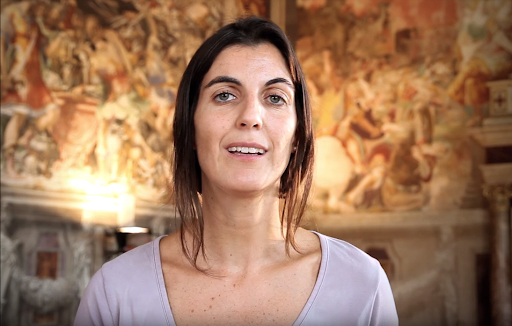
“Raffaello at the School of the World” is the first appointment set for Friday, November 13 and will be hosted by Sergio Risaliti and Valentina Zucchi, curators of the exhibition, while “Raffaello Sanzio: The Florentine Madonnas” is set for Friday, November 27 and will be hosted by Cristina Acidini, one of the authors of the catalog accompanying the exhibition (due out in November). “The Portraits by Raphael and the collections of the Medici“, led by Marzia Faietti, former Director of the Cabinet of Drawings and Prints at the Uffizi Galleries and curator of the exhibition dedicated to Raphael at the Quirinal Stables in Rome (which ended last August), will follow on Friday, December 4. The last appointment is set for Friday, December 18 and is entitled “Taddei, Nasi and Canigiani, Florentine families who commissioned Raphael“. It will be presented by Elena Capretti, a scholar of Florentine art of the fifteenth and sixteenth centuries.
All digital appointments take place at 6pm local time in Florence (GMT +1) and will take place in Italian.
Reservations
Reserve your spot by writing to info@muse.comune.fi.it indicating your full name and chosen day. Wait for confirmation via email of the booking. Participation is free but, of course, subject to availability.
It will be possible to book only one meeting at a time and only book if you’re pretty certain you will participate. If unforeseen impediments arise, it is necessary to cancel by 2.00 pm on the day of the visit in order to allow anyone on the waiting list to be able to participate.
How to participate
After a first email confirming your booked spot, you should receive a second email by 5.00 pm on the day of the virtual visit with the credentials to access Zoom, from your computer, tablet or smartphone. You can participate in the visits by downloading the Zoom APP on your device and registering for free. Once installed, just click on the link received to participate in the visit. Alternatively, it will be possible to access the “join a meeting” section directly from the Zoom site, by entering the meeting ID and password you will have received.
Calendar
Friday, November 13, 6.00 pm: Sergio Risaliti and Valentina Zucchi, Raffaello at the School of the World
Friday, November 27, 6.00 pm: Cristina Acidini, Raffaello Sanzio: The Florentine Madonnas
Friday, December 4, 6.00 pm: Marzia Faietti, The Portraits by Raphael and the collections of the Medici
Friday, December 18, 6.00 pm: Elena Capretti, Taddei, Nasi and Canigiani, Florentine Families who Commissioned Raphael
For information and bookings
MUS.E
Tel. +39 055 2768224
(Monday to Saturday 9.30-13.00 and 14.00-17.00; Sunday and holidays 9.30-12.30)
e.mail: info@muse.comune.fi.it
Photo credits & copyright: Mattia Marasco
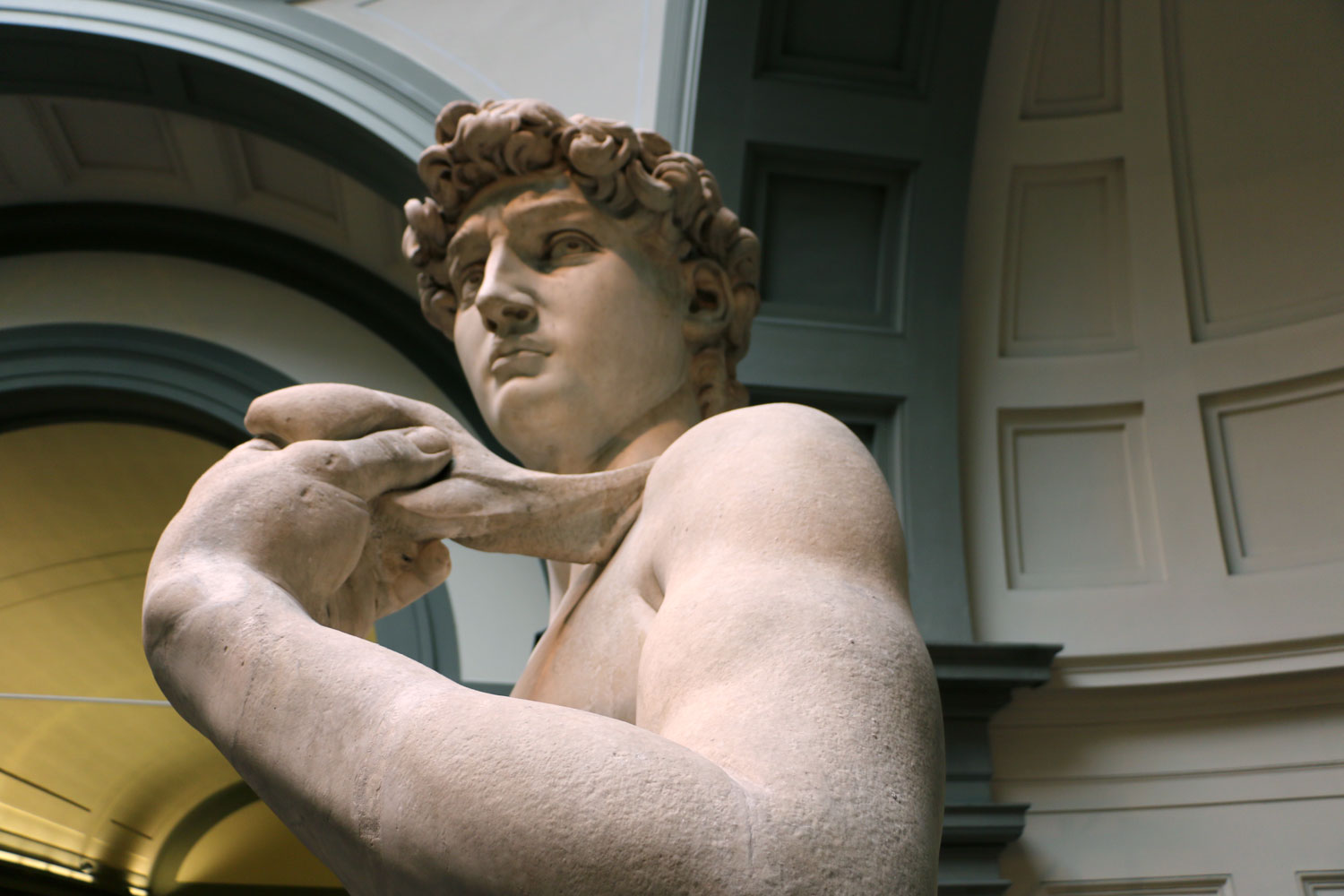
In compliance with the DPCM of November 3rd 2020, the Museum will be closed from November 6th to December 3rd 2020.
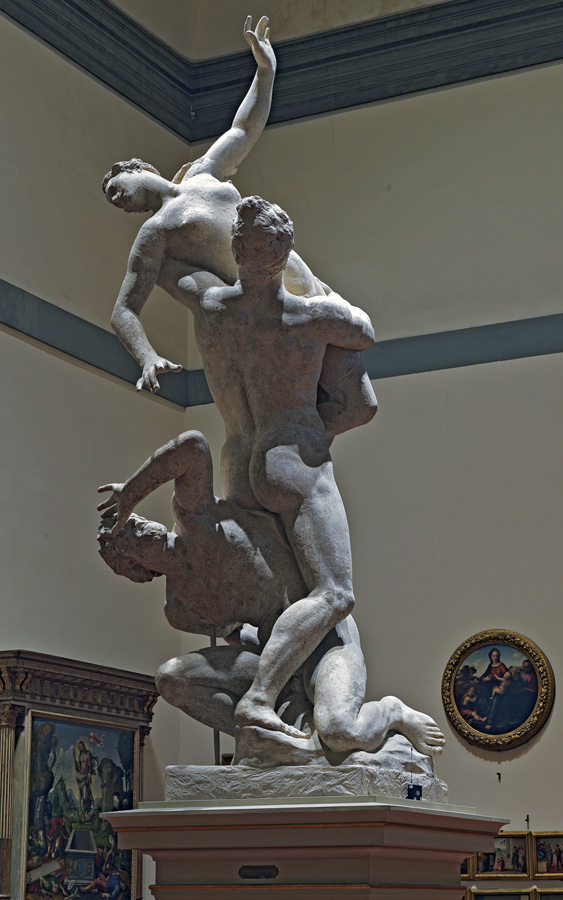
For the month of October, starting from October 6th, the Galleria museum will follow these opening hours:
Tuesday-Sunday: 9:00am – 6:45pm
Mondays: closed
For the entire month, the museum will also have longer opening hours on two days of the week:
Tuesdays and Thursdays: 7:00pm – 10:00pm
You can continue to enter the museum up until 30 minutes before closing time.
The Hall of the Colossus is currently closed for maintenance.
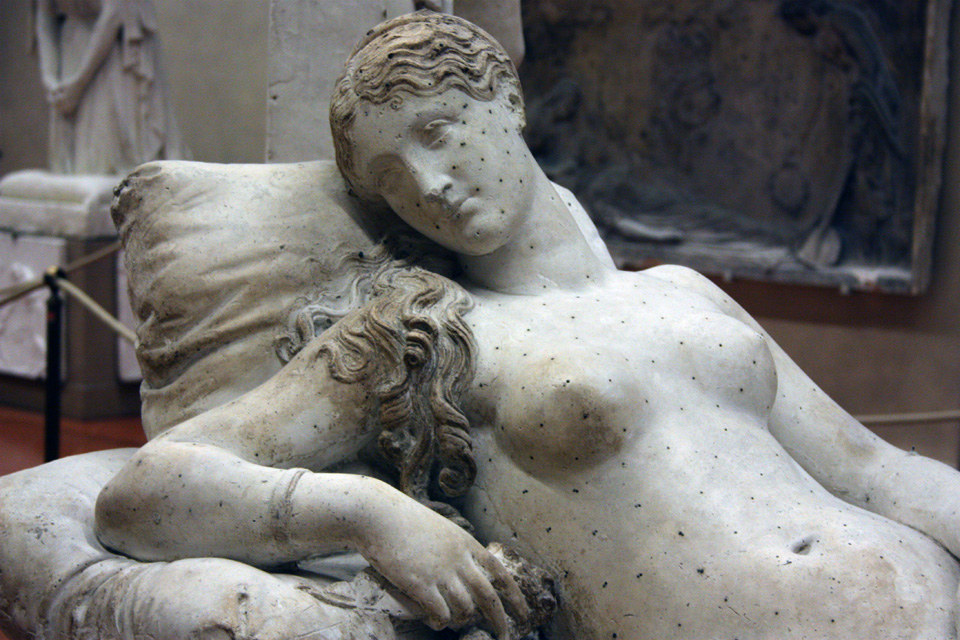
The museum has just confirmed that for summer 2019 it will again have longer opening hours on two evenings each week!
Starting June 4 and running until September 26, the museum will be open until 10pm on both Tuesdays and Thursdays. Please note that entrance during these longer opening hours is with paid entrance.












